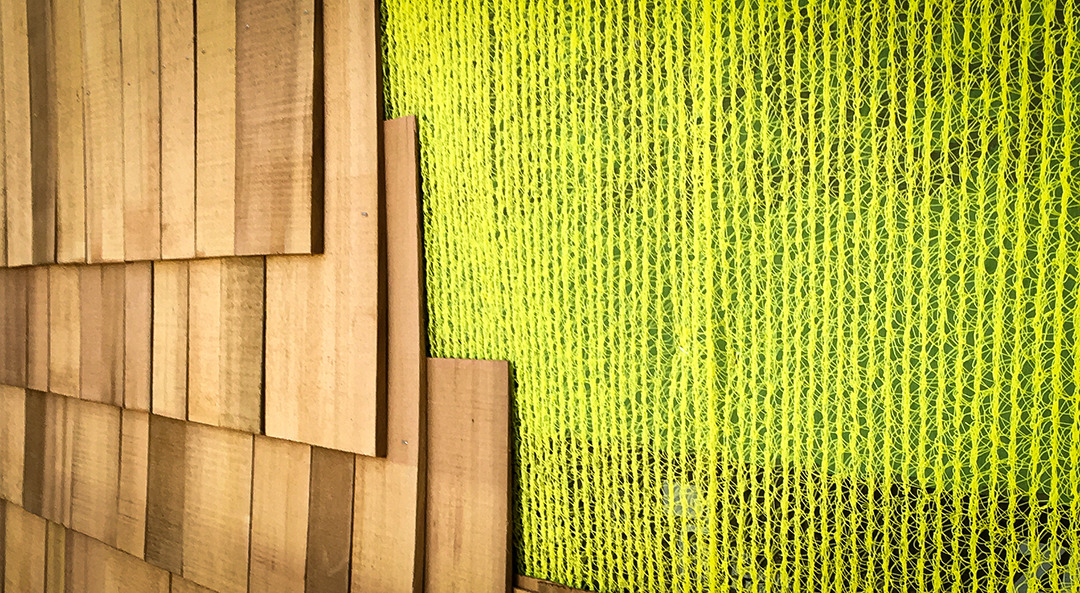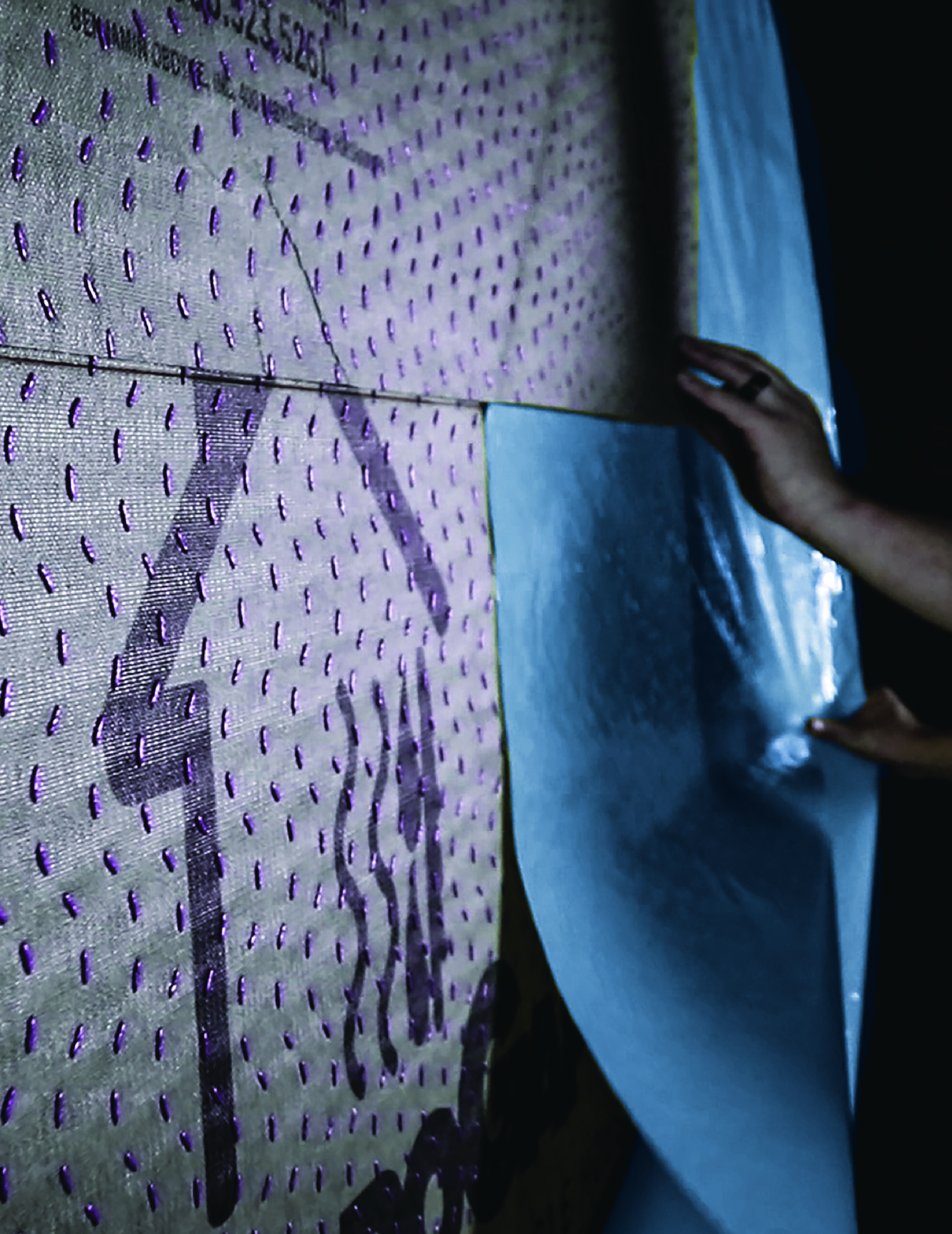One of the most crucial aspects of any construction project is choosing the right products and materials. When looking for a weather-resistive barrier (WRB), there is a wide range of housewrap systems to consider. Among those options are varying installation methods, such as mechanically fastened and self-adhered.
Before you decide between a mechanically fastened or self-adhered housewrap, it’s best to understand the pros and cons of each product and its installation method to determine what type is best for your build. Keep reading for more details.
Mechanically Attached Housewrap
A mechanically attached housewrap is one that is most familiar to contractors and installers. Installing this product requires either stapling or using some type of cap fastener to attach it to the sheathing. This installation method is easier to attach in negative temperatures or a wet climate, unlike its self-adhered counterpart.
PROS
- Mechanically fastened housewraps tend to be more budget-friendly than self-adhered options.
- It could be more advantageous to use a mechanically fastened WRB for partial remodels where only patching is needed.
- Most installers are more familiar with this method, eliminating the learning curve
CONS
- Mechanically fastened housewraps should only account for your water control layer.
- If you’re looking for an external air control layer in addition to water control, you should consider the self-adhered product.
- Correctly fastening and taping the WRB to the substrate is time-consuming and labor-intensive.
- Prolonged exposure periods increase the risk of environmental vulnerabilities in the areas where the fasteners have been used.
- Mechanically fastened WRBs face a higher potential for ballooning and blow-off.
Among mechanically fastened housewraps are more options for you to consider: standard flat housewrap, drainable housewrap, or a combination of housewrap and rainscreen. Check out this blog to get a better understanding of everything you need.
Self-Adhered Housewrap
Our self-adhered housewrap, HydroGap SA, combines a built-in drainage plane with the air-sealing benefits of an adhesive backing to promote a drier wall cavity and alleviate the worry of system failures and exterior wall damage.
Not all self-adhered products are the same. HydroGap SA boasts an acrylic-based adhesive that stands out for its cohesion, adhesion, and viscosity. Learn more about the different adhesive technologies in this blog.
Installation takes practice for first-time users, but it goes by smoothly when a plan is in place. By prepping accordingly, you can better understand any potential challenges ahead of time, making for a trouble-free installation. It’s also important to note that while some self-adhered housewraps on the market become ruined if the adhesive touches itself, HydroGap SA can peel apart.
PROS
- With HydroGap SA, you achieve a true drainage path and continuous air barrier in one product.
- The 100% continuous acrylic adhesive ensures that any fasteners that penetrate the cladding, exterior foam, and/or furring strips become sealed, adding to the integrity of the air barrier.
- It provides full contact with the sheathing, diminishing the chance for ballooning and blow-off.
CONS
- Self-adhered housewrap has a learning curve for installers who have never worked with it before.
- It is more costly than a mechanically attached housewrap.
- Two people are needed to install this product.
- You must apply pressure to the entirety of the housewrap for the adhesive to activate.
Now that you understand some of the key differences between a mechanically fastened housewrap and its self-adhered counterpart, you should be able to determine what’s best for your project. We want you to be successful no matter the option you choose. If you’re considering the switch to self-adhered but are hesitant to install something new, reach out to us to see how we can help you set up your plan.




